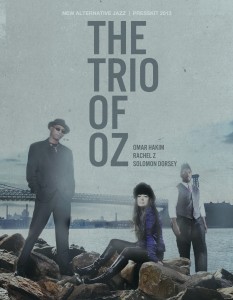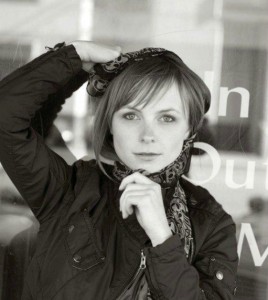By Diaa Bekheet
Recently, I had the chance to talk with Grammy winning pianist and composer Rachel Z who has a new album coming out next year. It’s her first since a very successful 2010 release.
Rachel Z’s new album, Warriors, will showcase ten songs as a tribute to women warriors: women who have truly made a difference. Some are historical, like ancient Egyptian Queen Hatshepsut, French folk heroine Joan of Arc, and astronomer, mathematician and philosopher Hypatia of Alexandria.
[audio:http://www.voanews.com/MediaAssets2/english/2012_11/rachelz_jazzbeat_nov2012-56.mp3]Rachel was fascinated by Hypatia and recently started her album project, encouraged by the words of her late piano hero.
“My piano teacher Charlie Banacos used to say, oh you’re like Hypatia. So I had to like get some study going on about Hypatia and she was very interesting,” Rachel told me in our interview (mp3).
|
Rachel Z: Discography |
|
The album will have “a pretty big ensemble.”
Warriors also has a song dedicated to Malala Yousufzai, the 14-year-old Afghan girl, who was shot by militants in Pakistan for speaking out for education for women.
On that 2010 album, Rachel Z and legendary drummer Omar Hakim founded a music band called The Trio of Oz. Their debut album, also called The Trio of Oz, garnered rave reviews and Jazziz Magazine nominated it Best Jazz CD of the year. The group is also releasing its second album next year. Rachel told me that “The Trio Oz #2 is going to be more originals than the last one because everyone in the band writes.”
Besides Rachel Z and Hakim who played with Weather Report, Miles Davis, David Bowie, Sting and other prominent musicians, The Trio of Oz also includes a new addition, bassist Solomon Dorsey who performed with Stevie Wonder and Bobby Watson. The group toured extensively around the globe for the last year.
Rachel Z toured for almost five years as a key pianist with progressive rock and pop superstar Peter Gabriel. “I was always a fan (of Peter Gabriel) throughout the years,” said Rachel who joined Gabriel’s band in 2002 and performed live with him worldwide.
Rachel Z last performed with him live in 2006 on my all-time favorite album, “Games Without Frontiers,” a 1980s hit in the UK, USA, and was at the top of the charts for a year on Radio Cairo’s Songs in the Race.
“His (Gabriel’s) voice is so original, and the color of his voice has this cry and somehow it almost sounds the same to me like Wayne’s saxophone,” said Rachel who performed with saxophone icon Wayne Shorter, a former key member of Weather Report.
Rachel was highly influenced by Shorter, and later she worked on his hit comeback album High Life, for which she built a synthesized orchestral framework to crystallize his musical vision. She also played acoustic piano on the album and was musical director for the tour that followed. The album won a Grammy for Best Contemporary Jazz Album.
Rachel Z also worked with other jazz superstars like Al Di Meola, Larry Coryell, Special EFX, and Angela Bofill. She also collaborated with vibraphonist Mike Mainieri who produced her debut album Trust the Universe in 1993.
For more on jazz music, listen to VOA’s Jazz America











